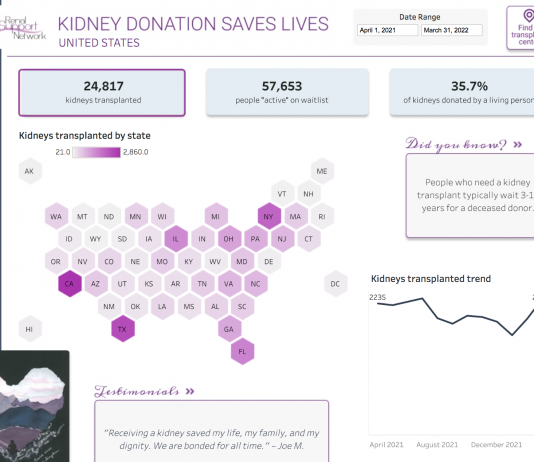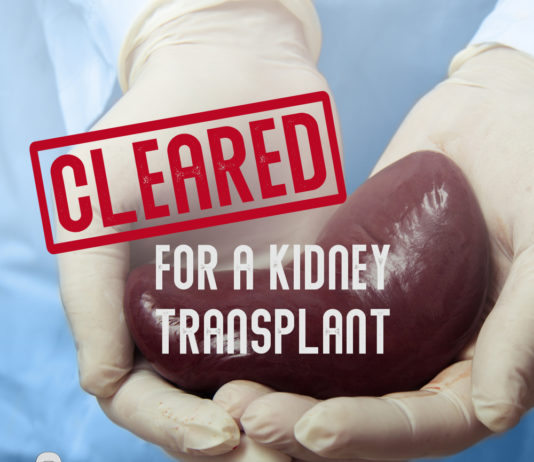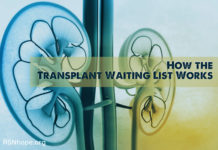Every day, your kidneys filter about 120 to 150 quarts of blood to produce about 1 to 2 quarts of urine, composed of wastes and extra fluid. When your kidneys fail, harmful wastes and extra salt and fluid buildup in your body. You then need treatment to replace the work your damaged kidneys have stopped doing. Treatment options include hemodialysis, peritoneal dialysis, no treatment and a kidney transplant for people who are eligible due to medical criteria. Unless your damaged kidneys cause infections or high blood pressure or are cancerous, they can remain in your body.
If you are considered fit for transplantation, the benefits and risks have been explained to you and various tests have been undertaken, you will be put on the transplant waiting list.
A kidney transplant is a surgical procedure in which a kidney is removed from one person (donor) and placed into the body of a person suffering from renal failure (recipient), in whom the transplanted kidney can perform all the functions which the patient’s own kidneys are not able to perform. The transplanted kidney takes over the job of filtering your blood. Your body normally attacks anything it sees as foreign, so you need to take medicines called immunosuppressants to keep your body from attacking the new kidney.
Surgeons place most transplanted kidneys in the lower abdomen, near the groin. The surgeon connects the artery and vein from the donor kidney to an artery and a vein in your body so your blood flows through your new kidney. The surgeon attaches the ureter from the donor kidney to your bladder, letting urine flow from the new kidney to your bladder. The new kidney may start working right away or may take up to a few weeks to make urine.
If the new kidney does not start working right away, you will need dialysis treatments to filter wastes and extra salt and fluid from your body until it does start working. Unless your damaged kidneys cause infections or high blood pressure or are cancerous, they can remain in your body.
The United Network for Organ Sharing (UNOS) maintains the waiting list.


















